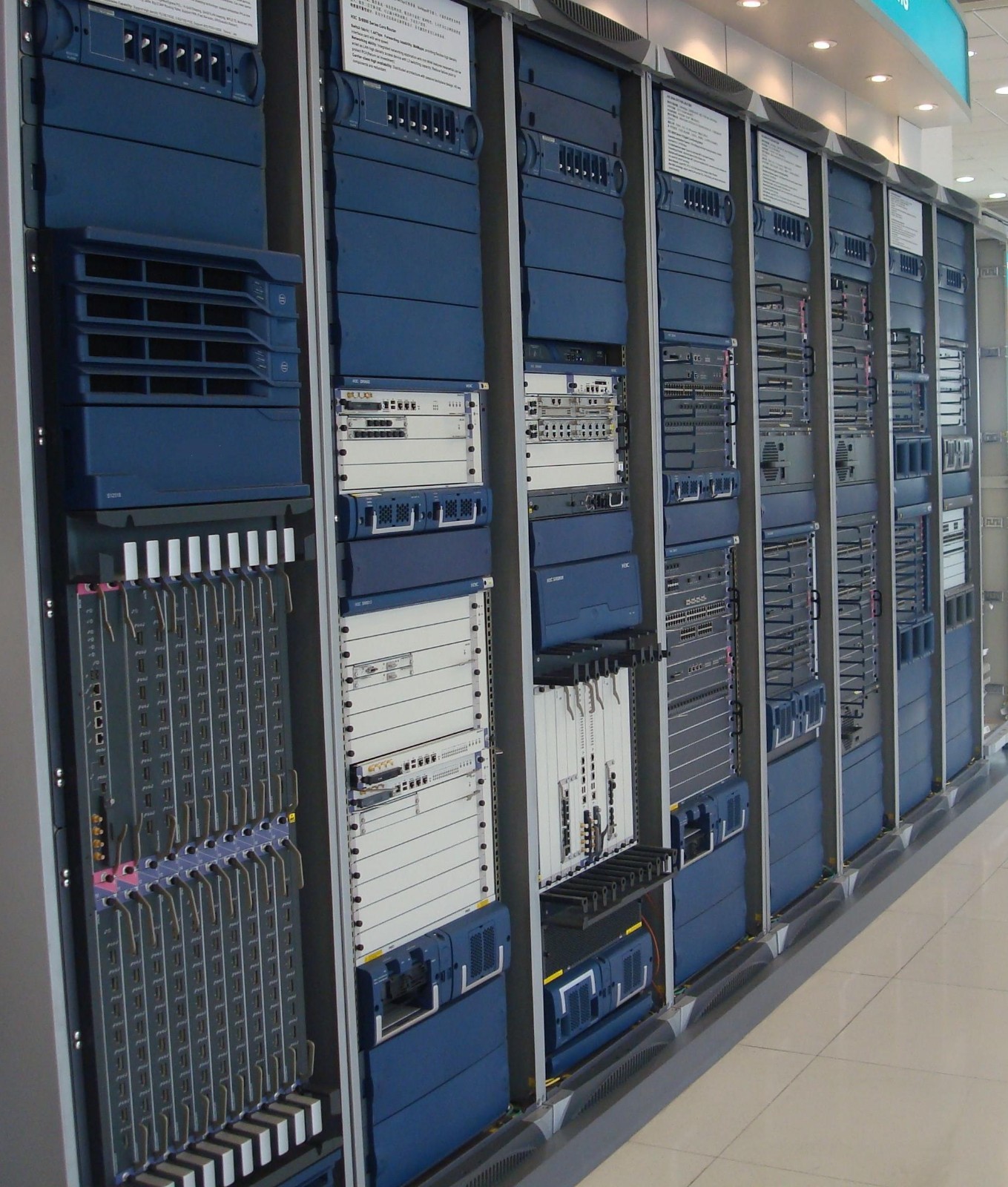MCU Application - Inverter Principle What is an inverter?
An inverter converts DC power (battery, storage bottle) into AC power (generally 220V, 50Hz sine wave). It consists of an inverter bridge, control logic and filter circuit.
An inverter is a DC-AC transformer, which is actually a voltage inversion process with a converter. It is widely used in office equipment, household appliances, or when batteries are needed. Inverters are mainly divided into two categories, one is divided according to the wave string properties, and the other is divided according to the source flow properties. The characteristics of the inverter are high conversion efficiency, fast start-up, good safety performance, good physical properties, and strong load adaptability and stability.

In the inverter, users can use various forms of power supply to power the AC load: when there is AC power, use AC power to power the load through the inverter, or charge the battery; when there is no AC power, use the battery to power the AC load. It can be used in combination with various power supplies: such as batteries, generators, solar panels and wind turbines.
Special inverter for post and telecommunications
Provide high-quality 48V inverters for post and telecommunications, with good product quality, high reliability, modular (module is 1KW) inverter, and N+1 redundancy function, expandable (power from 2KW to 20KW).

Main use of inverter
Inverter is to convert DC power (battery, storage bottle) into AC power (generally 220v50HZ sine or square wave). In layman's terms, inverter is a device that converts direct current (DC) into alternating current (AC). It consists of an inverter bridge, control logic and filter circuit.
Widely used in air conditioners, home theaters, electric grinding wheels, power tools, sewing machines, DVDs, VCDs, computers, televisions, washing machines, range hoods, refrigerators, video recorders, massagers, fans, lighting, etc.

Simply put, an inverter is an electronic device that converts low voltage (12 or 24 volts or 48 volts) DC power into 220 volts AC power. Because 220V AC is usually rectified into DC for use, and the inverter has the opposite effect, hence the name.
We are in a "mobile" era, mobile office, mobile communication, mobile leisure and entertainment. In the mobile state, people not only need low-voltage DC supplied by batteries or storage batteries, but also need 220V AC, which is indispensable in our daily environment. Inverters can meet our needs.
Daily use
1. The 220V power obtained by the inverter on the car is 220V 50HZ. The high-end ones are sine waves, and the cheap ones are generally square waves.
The sine wave is the same as the electricity used in the socket, and the square wave can actually be used, but if you use a fan or other equipment with a motor, there will be some noise. The reason for using square waves is that this modulation method is relatively low in cost. Generally, the maximum power of this car-mounted inverter is no more than 500 watts, and the air conditioner is generally more than 700 watts. And, do you really want to install a home air conditioner in the car? The air conditioners in cars, including those in buses, are driven directly by the engine to drive the compressor, not electricity. If there is an additional electricity conversion process in the middle, the loss will be greater. And it is not easy to install, so it is better to use a car air conditioner.
2. Connecting laptops, TVs, disc players and the like, as long as it is used within its rated power, there is no problem, but it should be noted that it is connected to the car battery. Although it is generally 11V, it automatically protects the power off to avoid the car from failing to start due to low voltage, but it is still not suitable for use when the engine is not running, so if the load is relatively large, it is recommended to start the engine. If it is charging a mobile phone, there is no problem.
3. There is a module called DC-DC on the electric car, which is also called a DC converter. This module inputs 48V and outputs 12V, so you only need to buy a 12V input car inverter to use it. Of course, it would be better if you can buy an inverter with 48V input, but it is probably difficult to buy. Moreover, this module can only provide 5A current, at most 10A, and it is also used for lights, so it is easy to overload. It is recommended that if possible, buy an extra DC converter, which is specially used to power your inverter. Then, if the DC converter can only provide 5A, then the inverter input should be less than 5A, otherwise the module may be damaged. Of course, some DC converters have very large currents. If the repair place does not have them, you can go to some electrical appliance stores or ask them to repair them to give you a high current one, or multiple DC converters in parallel. In short, don't let it overload.
4. There is a vvvf traction inverter on urban rail vehicles, which is used for frequency conversion and voltage conversion. When the train is traction, the high voltage (usually dc750V or DC1500V) is converted into three-phase electricity with adjustable frequency and voltage to supply the traction motor. When braking, the three-phase power generated by the traction motor driven by the inertia of the train can be converted into DC power and fed back to the power grid or consumed through the energy consumption module.
Application Scenarios | Features |
Automobile | here are sine waves and square waves, the power is generally not more than 500 watts, connected to the battery, it is recommended to start the engine when the load is large |
Connect To Laptops And Other Devices | No problem using it at rated power, connected to the battery, 11V automatic protection |
Electric Vehicles | Requires DC-DC module to convert voltage, easy to overload, you can buy more DC converters or connect in parallel |
Urban Rail Vehicles | Traction inverter, voltage and frequency conversion during traction, energy feedback or consumption during braking |
Principle
An inverter is a DC to AC transformer, which is actually a voltage inversion process with a converter. The converter converts the AC voltage of the power grid into a stable 12V DC output, while the inverter converts the 12V DC voltage output by the adapter into high-frequency high-voltage AC; both parts also use the more commonly used pulse width modulation (PWM) technology.
The core part is a PWM integrated controller, the adapter uses UC3842, and the inverter uses the TL5001 chip. The operating voltage range of TL5001 is 3.6~40V, and it has an error amplifier, a regulator, an oscillator, a PWM generator with dead zone control, a low voltage protection circuit and a short circuit protection circuit.
Input interface part: The input part has 3 signals, 12V DC input VIN, working enable voltage ENB and Panel current control signal DIM. VIN is provided by the Adapter, and the ENB voltage is provided by the MCU on the motherboard, and its value is 0 or 3V. When ENB=0, the inverter does not work, and when ENB=3V, the inverter is in normal working state; and the DIM voltage is provided by the motherboard, and its variation range is between 0 and 5V.
Different DIM values are fed back to the feedback end of the PWM controller, and the current provided by the inverter to the load will also be different. The smaller the DIM value, the greater the current output by the inverter. Voltage start loop: When ENB is high, high voltage is output to light up the backlight tube of the Panel.
PWM controller: It consists of the following functions: internal reference voltage, error amplifier, oscillator and PWM, overvoltage protection, undervoltage protection, short circuit protection, and output transistor. DC conversion: The voltage conversion circuit is composed of MOS switch tube and energy storage inductor. The input pulse is amplified by the push-pull amplifier and drives the MOS tube to perform switching action, so that the DC voltage charges and discharges the inductor, so that the other end of the inductor can obtain AC voltage.
LC oscillation and output circuit: ensure the 1600V voltage required for the lamp to start, and reduce the voltage to 800V after the lamp starts.
Output voltage feedback: when the load is working, the sampling voltage is fed back to stabilize the voltage output of the inverter.






